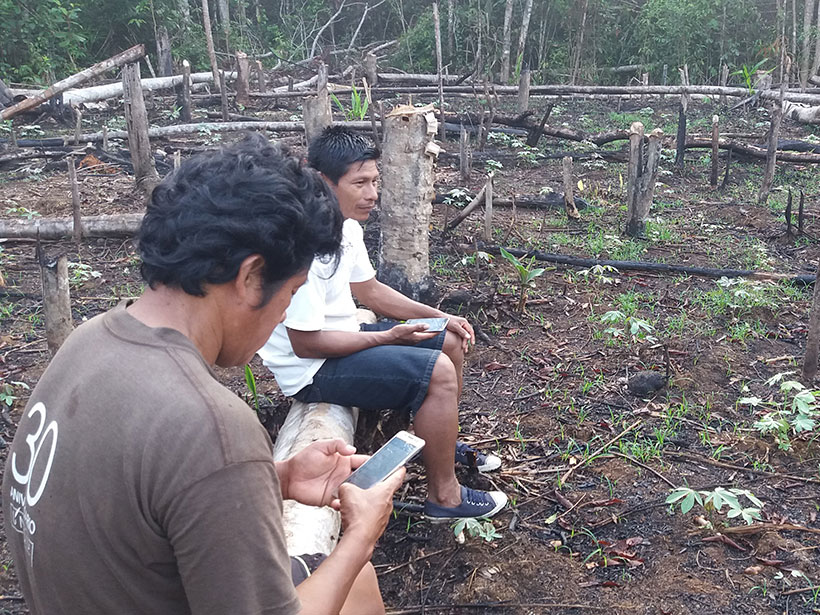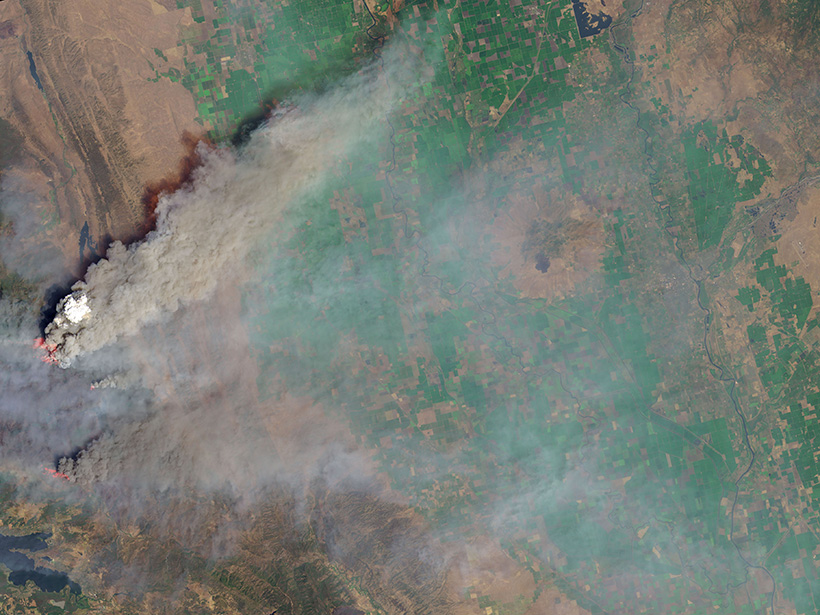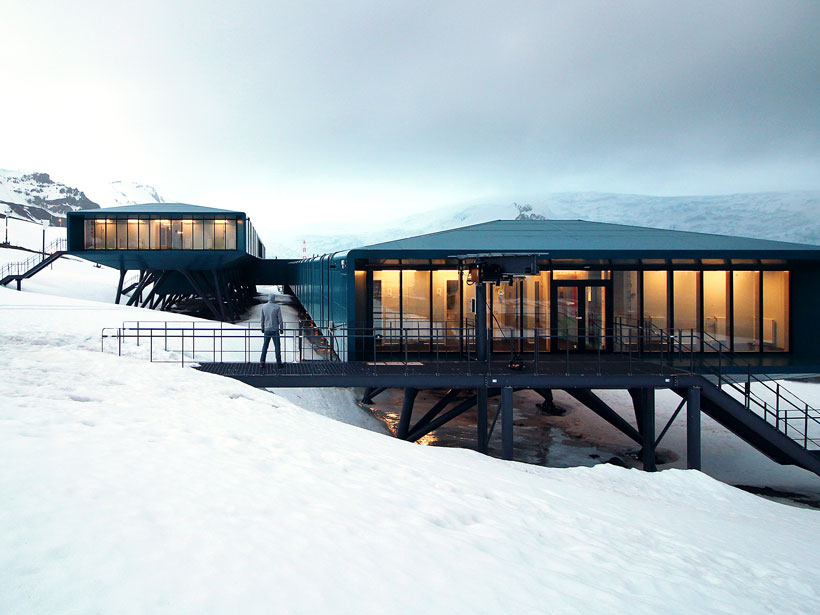Satellite observations have long been used to detect deforestation, and a new study shows that giving Indigenous groups greater access to these data can improve response times and reduce tree cover loss.
cool tools
Undertaking Adventure to Make Sense of Subglacial Plumes
Novel observations and inventive analyses of glacial discharge in Greenland have revealed new insights into the irregular and chaotic nature of ice-ocean interactions at glacial calving fronts.
Satellite Sensor EPIC Detects Aerosols in Earth’s Atmosphere
Aerosol observations from EPIC—a sensor aboard a satellite—align well with ground- and aircraft-based data, including measurements of smoke plumes produced by recent megafires.
A New Practical Guide to Using Python for Earth Observation
A new book presents an example-driven collection of basic methods, applications, and visualizations to process satellite data sets for Earth science research.
Improving Weather Simulations Through Increased Generality
By adding support for spatially variable velocity fields and anisotropy, the CoSMoS simulation package can more accurately reproduce physical phenomena.
Brazil’s Antarctic Station Rises from the Ashes
The sophisticated new research station will allow for better science on the icy continent.
Soil Saturation Dictates Africa’s Flood Severity
The most complete hydrological data set for the African continent reveals a surprise: Soil moisture, not heavy precipitation, best explains the timing of Africa’s most severe floods.
Eddy Killing in the Ocean
Solving the case of ocean eddy death could help climate modelers better represent the effect of wind.
Evolving the Geodetic Infrastructure
Enhancements to the largely invisible framework will enable researchers to investigate pressing questions about our planet’s future.
Exoplanets in the Shadows
The bright clutter of individual discoveries can overshadow some fascinating research, from necroplanetology to rogue planets to the intimacy of alphanumeric nomenclature.










